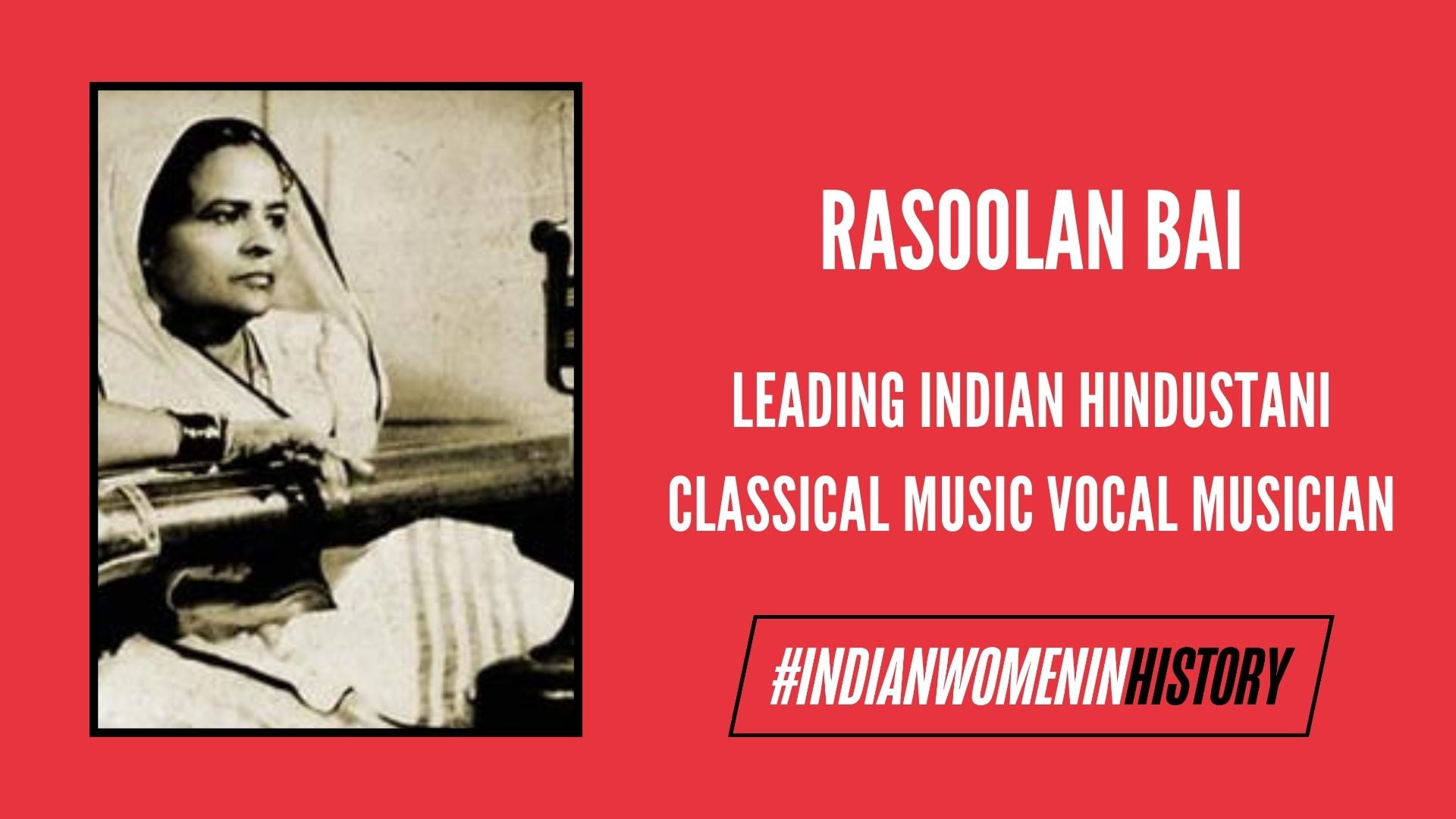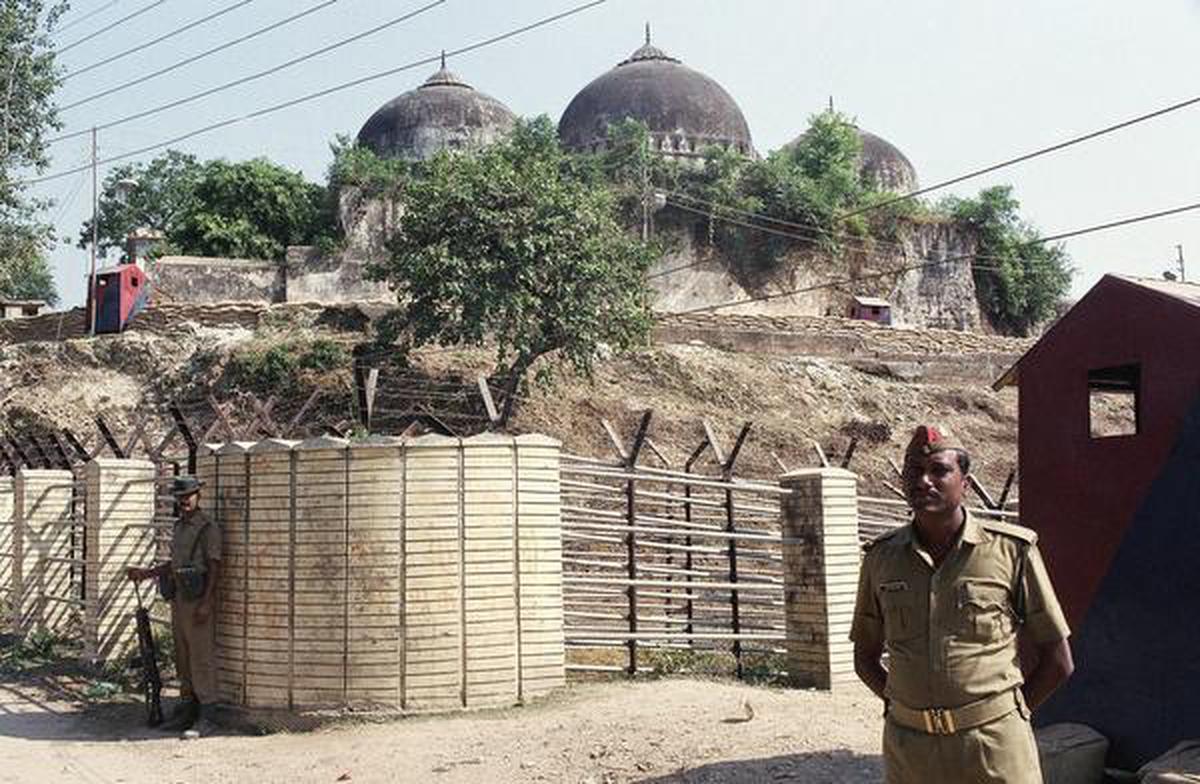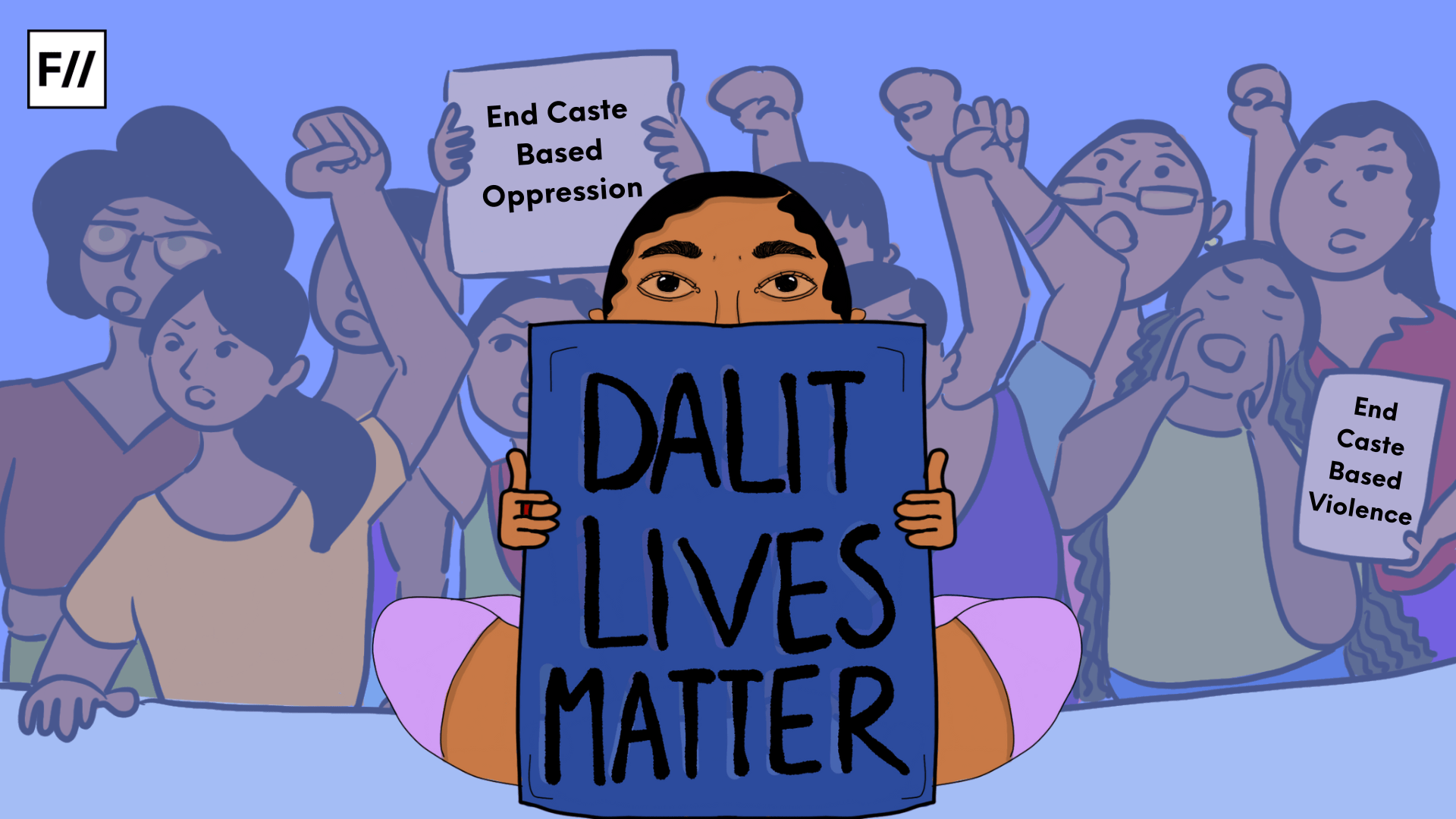Rasoolan Bai sings Dadra in Poorab Ang (Raag Piloo) – the Youtube video of the Hindustani classical singer’s recording of a dadra has been viewed a little less than fifty thousand times. The comments section is full of utterances by a few listeners entailing a sense of gratitude to the Youtuber who uploaded this recording, nostalgia for the ‘honey-dripped’ voice they miss listening to, or a plea for help in their search for a favourite kajri or an obscure dadra that cannot be found online.
It is not just the recordings of her music that elude us. It is difficult to piece together details of her life from whatever little is available from secondary sources or music sites online. What one gets are snippets of a life whose trajectory is telling of the changing attitude towards thumri and courtesan culture in a nation that was rapidly altering its cultural sensibilities.
Early life
Rasoolan Bai was born in 1902 at Kachhwa Baazar in Mirzapur, Uttar Pradesh. Although her family was poor, she inherited the musical legacy of her mother Adalat Bai and displayed her grasp over classical ragas at an early age. She was taught by the sarangiyas Ashiq Khan and Najju Khan and from a resident kathak and khayaliya, Shambhu Khan.
A maestro of the thumri
Ethnomusicologist Peter Manuel writes that like most courtesans, Rasoolan Bai learnt khayal, but thumri, dadra, tappa and regional folk songs were her speciality. When she was older, she recorded several thumris and dadras, which Manuel cites as the earliest recordings in the pure bol banao style.
Rasoolan Bai’s emotive voice became synonymous with her songs of the grief of one-sided love
He notes that the emphasis in this style is on the musical expression of words.The melodic range in this style tends to be limited. Similarly, Rasoolan’s many recordings of Bhairavi show little melodic range. But according to him, this serves the purpose of highlighting the strong point of her music, which lay in the emotional intensity and expressiveness of her bol banao.
While thumri as a genre tends to focus on the emotion of love with romantic or devotional lyrics, Rasoolan Bai’s emotive voice became synonymous with her songs of the grief of one-sided love. Contemporary Urdu poet Jayant Parmar commemorates her sorrowful voice in a poem dedicated to artist Amrita Sher Gil thus:
Amrita,
Although you do not dilute your colours
Like Cezanne,
You borrow
Yellow sadness from the paintings of Gauguin,
Like the sadness in the songs of Rasoolan Bai.
–A Poem of Yellow Sadness by Jayant Parmar,
In his book Dance in Thumri, Projesh Banerji writes that Rasoolan Bai’s strength was thumri and her style of singing belonged to the ‘Purab Ang Tappa ki Thumri’ of Benares. Along with Girija Devi and her contemporary Siddheshvari Devi, Rasoolan Bai is regarded as one of the foremost exponents of the Benares style of thumri.
Hindustani classical music under threat
Yet, during Rasoolan Bai’s lifetime, this very form of music came under threat. Its content and context of performance changed considerably as the notions of ‘acceptable’ and ‘serious’ music changed. Hindustani classical singer and researcher Vidya Rao writes that with the dwindling of princely influence and privilege, the role of patron passed onto the state, industrialist and the middle-class public.
In the early 20th century, Hindustani classical musicians like Vishnu Digambar Paluskar (1872-1931) and Vishnu Narayan Bhatkhande (1860-1936) constructed India’s musical past as per their understanding. They made it their task to rescue music from ‘immorality’ to take it back to its earlier spiritual past while also developing a scientific approach to it.
Also Read: Binodini Dasi: Trailblazer In Bengali Theatre | #IndianWomenInHistory
In such an understanding of music, there was not much place for the romantic and intimate form of thumri that was often performed by tawaifs or courtesans. The effort to ‘sanitise’ culture sought to wipe out the figure of the tawaif so that the arts could be purified symbolically.
The effort to ‘sanitise’ culture sought to wipe out the figure of the tawaif so that the arts could be purified symbolically.
From 1947, kothas were closed down. As tawaifs often resided in these, many of them were rendered homeless. Tawaifs were forced to move out from intimate, closed centres of performance into auditoriums and radio stations to perform. Even to do so, they had to appear to be ‘respectable’.
Vidya Rao writes how in the early years post independence, All India Radio (AIR) effectively stopped traditional thumri singers from recording, because it ruled that “no one whose private life was a public scandal” could broadcast from AIR.
Women were required to produce marriage certificates in order to be allowed to sing. Many singers like Anwari Bai refused to produce a certificate and continued to boycott the AIR for many years. Rasoolan Bai did produce such a certificate and hence we have recordings of her thumris and thappas.
Life after mujras and family
Soon after, in 1948, Rasoolan Bai gave up the mujra. Which was sometimes considered suggestive and at times an expressive Kathak-based dance form that accompanied the tawaif’s music. In the same year, at the age of 46, she got married to a Benarasi silk saree dealer named Sulemain. Together, they had a son called Wazir.
Later, both Suleiman and Wazir left for Pakistan while Rasoolan Bai went to Ahmedabad. She recorded several pieces for AIR and was given the New Delhi Sangeet Natak Akademi Award in 1957.
In September 1969, the worst Hindu-Muslim riots since 1947 broke out in Gujarat. Rasoolan’s house was burnt down in the violence that ensued. Agha Shahid Ali remembers her voice in contrast to her burnt down house in his 1973 poem thus:
I ran from there.
the wind’s blood-edge where
her songs had curled me in
flames
I could only preserve
her breaking voice.
–Thumri for Rasoolan Bai by Agha Shahid Ali
After that incident, she returned to Uttar Pradesh and settled in Allahabad. There she lived in poverty until her death on 15th December 1974. She ran a small stall near the AIR building in Allahabad. A photograph of her had been put up alongside those of renowned singers in the AIR hall. Apparently, when she would be invited to sing there, she would look at the pictures and say-“They are all devis; I am the last bai left!”
Also Read: Iqbal Bano – The Pakistani Songstress Who Sang Of Revolution





Beautiful Article.